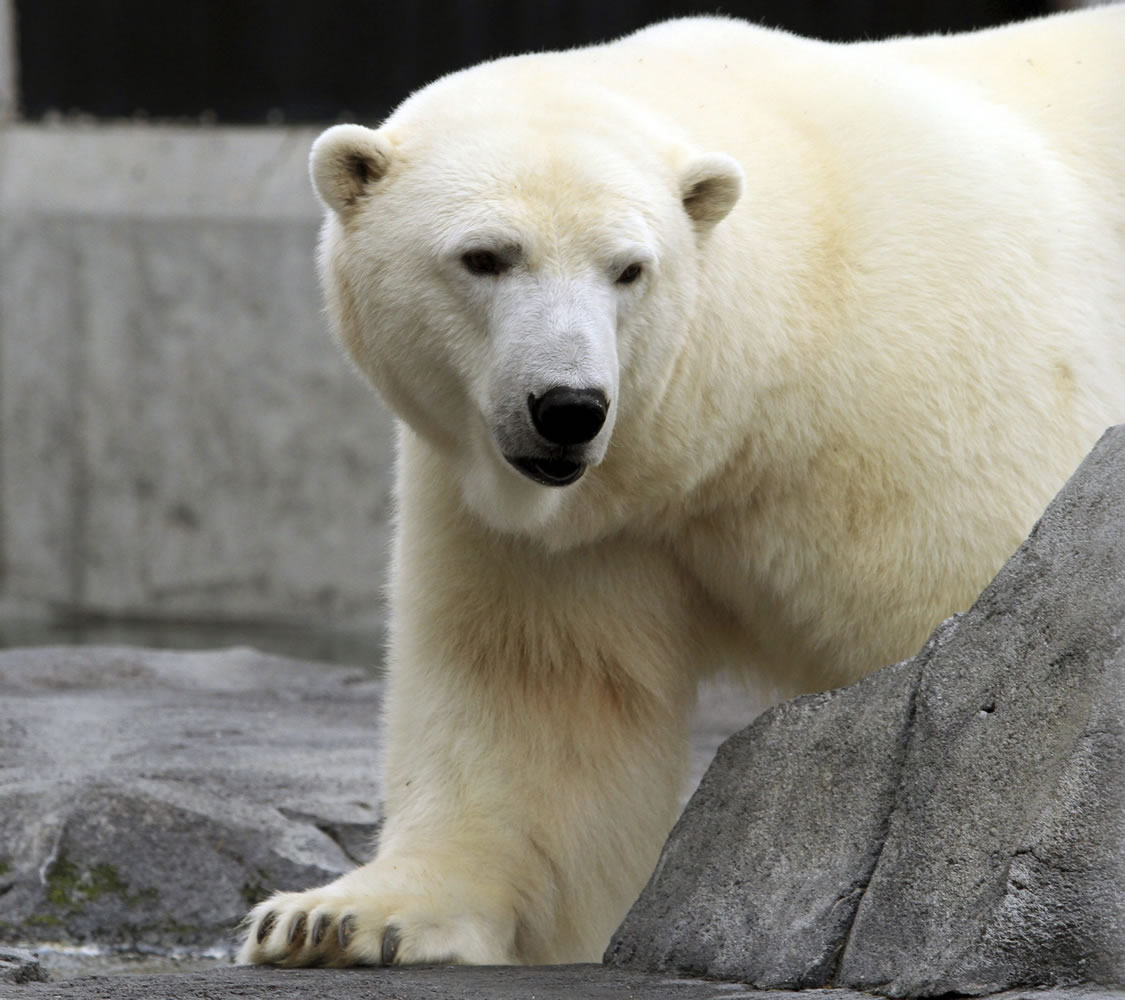ANCHORAGE, Alaska — The U.S. Fish and Wildlife Service followed the law when it designated more than 187,000 square miles — an area larger than California — as critical habitat for threatened polar bears in Alaska marine waters and its northern coast, an appeals court ruled Monday.
The 9th U.S. Circuit Court of Appeals reversed a 2013 lower court decision that the designation was too extensive and not specific.
A spokesman for the Center for Biological Diversity, which petitioned to designate polar bears as a threatened species, called it a victory for the marine mammal.
“The polar bear gets the full protection of critical habitat to which it’s entitled, it deserves and it truly needs,” Brendan Cummings said.
The federal government in 2008 declared polar bears threatened under the Endangered Species Act, citing melting sea ice. Polar bears need ice for hunting, breeding and migrating.
The move made the polar bear the first species to be designated as threatened under the act because of global warming.
A designation of critical habitat is required as part of a recovery plan. The Fish and Wildlife Service set aside acreage along Alaska’s northern coast but 95 percent is in the ocean waters of the Beaufort and Chukchi seas.
The Alaska Oil and Gas Association, the state of Alaska, a coalition of Alaska Native groups and other oil and gas interests sued, calling the designation an overreach.
Former Alaska Gov. Sean Parnell said the critical habitat designation included areas that account for almost half of Alaska’s oil production, and petroleum exploration and production would be delayed or restricted.
U.S. District Court Judge Ralph Beistline ruled that the Fish and Wildlife Service’s designation of sea ice as critical habitat was valid. However, he ruled the agency had not shown that areas on land and barrier islands had features making them appropriate for polar bear dens and he rejected the entire plan.
Appeals court judges said the lower court decision appeared to consider denning habitat but not the need by bears to have undisturbed access to and from sea ice.
The appeals court judges agreed that the agency did not have to prove that existing polar bears actually used certain designated areas, only that those areas were critical to the conservation of the species. They said the agency drew rational conclusions from the best scientific evidence available.
Cummings said specificity in designating habitat is impossible given the dynamic nature of the Arctic, where polar bears move by walking or merely resting on shifting sea ice. Polar bears, he said, are not like salmon that return to the same streams every year to spawn.




